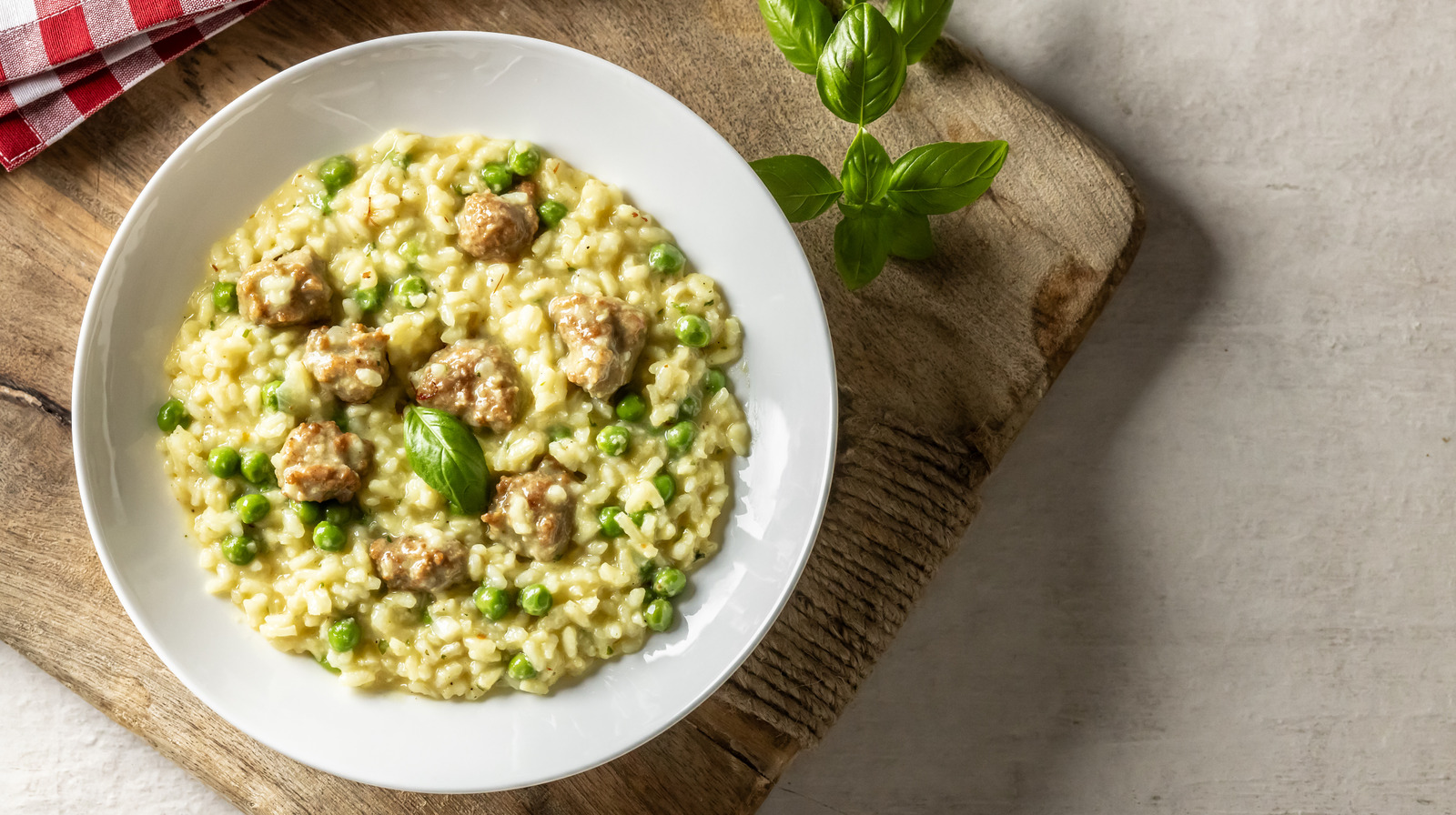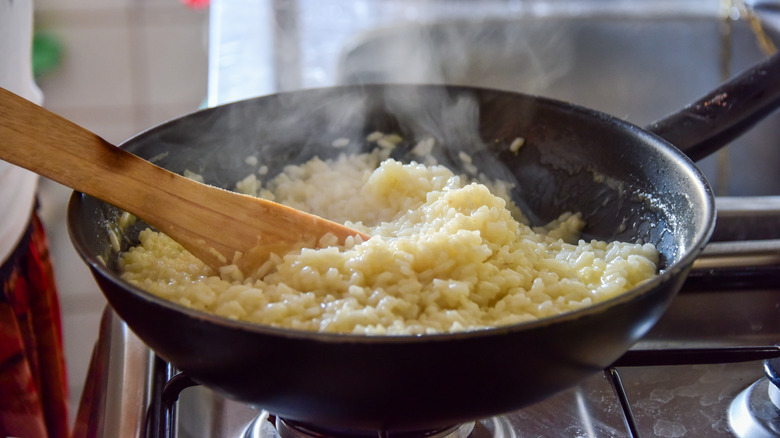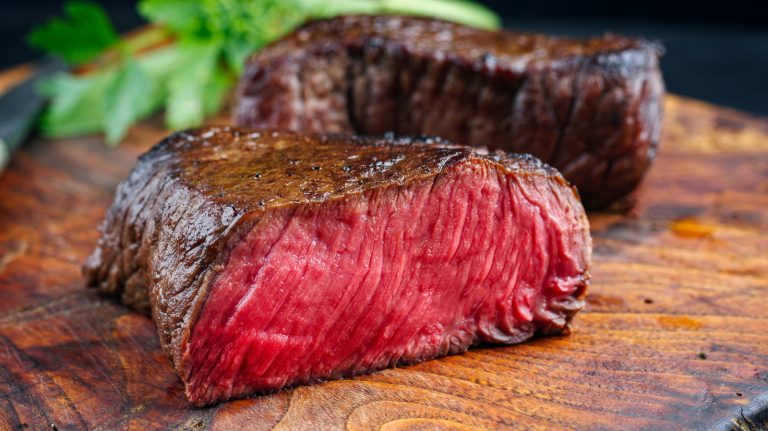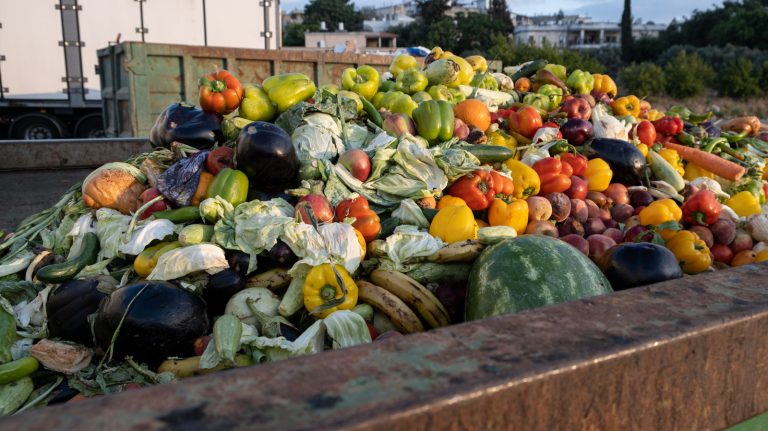Whether you’re whipping up wild mushroom risotto, making a classic seafood version, or using beans to make an even heartier risotto, there’s one ingredient that’s of the utmost importance when it comes to producing the right result: rice. While you may be tempted to grab any old bag of rice you have on hand to create your masterpiece, it’s actually crucial that you use the right kind of grain. In fact, since risotto is known for its impossibly creamy and melt-in-your-mouth texture, most regular rice just won’t give you that. Instead, you should use a short-grain, starch-heavy variety like arborio, vialone nano, or Giada De Laurentiis’ favorite rice for risotto, carnaroli.
This is because risotto requires a grain with a high amount of amylopectin and a relatively low amount of amylose (two molecules) to soften up enough to produce this dish’s thick, dreamy sauce. These attributes are found in short- to medium-grain rice — especially ones on the plumper side. Arborio is one of the most common varieties found in the United States, so you’ll likely see this version mentioned in recipes. It has almost no amylose at all, so it can be easily overcooked due to its lack of structure, so you’ll want to keep an eye on it while cooking. Carnaroli and vialone nano, on the other hand, may be harder to find, but they each are known for having a good ratio of amylose and amylopectin, allowing them to produce a creamy sauce while still holding some structure.
Which rice to avoid when making risotto (and a few tips for a perfect dish)
Now that you know which rice varieties are the best, it’s just as important to know which to avoid. While you may be able to get away with grabbing any short- or medium-grain rice not listed above (in a pinch, even sushi rice has been known to do the trick, after all), you will want to avoid any long-grain rice varieties at all costs. For example, basmati or jasmine rice simply won’t work because they lack the amount of starch needed. Without enough starch, the rice won’t break down sufficiently to produce a creamy texture and luxurious sauce.
With the ideal rice variety, you’re on the right track to making a beautiful risotto. Another tip for a perfect plate includes ensuring that each ladle of stock is completely absorbed before adding in the next one. Adding too much, too soon, runs the risk of creating a mushy texture. Similarly, it’s important to incorporate each ladle while stirring, but you don’t want to stir too much. Doing so can cause the rice to become gluey, which could produce a stodgy risotto that piles high onto a plate rather than spreads out into a beautiful cascade. When cooking, drag your spoon down the center of the rice and look for it to slowly move towards each other. This is an Italian technique called risotto all’ondo, which means that the risotto should move like an ocean wave.






